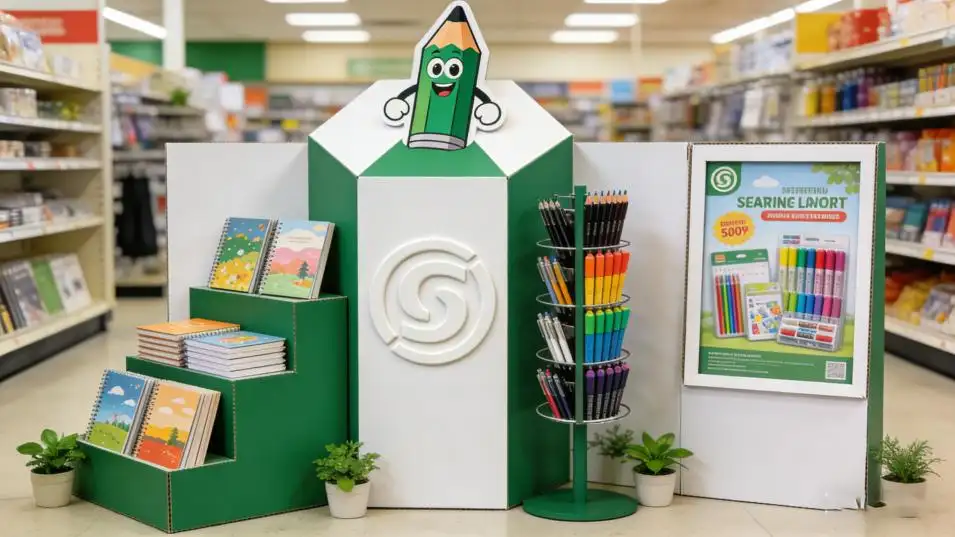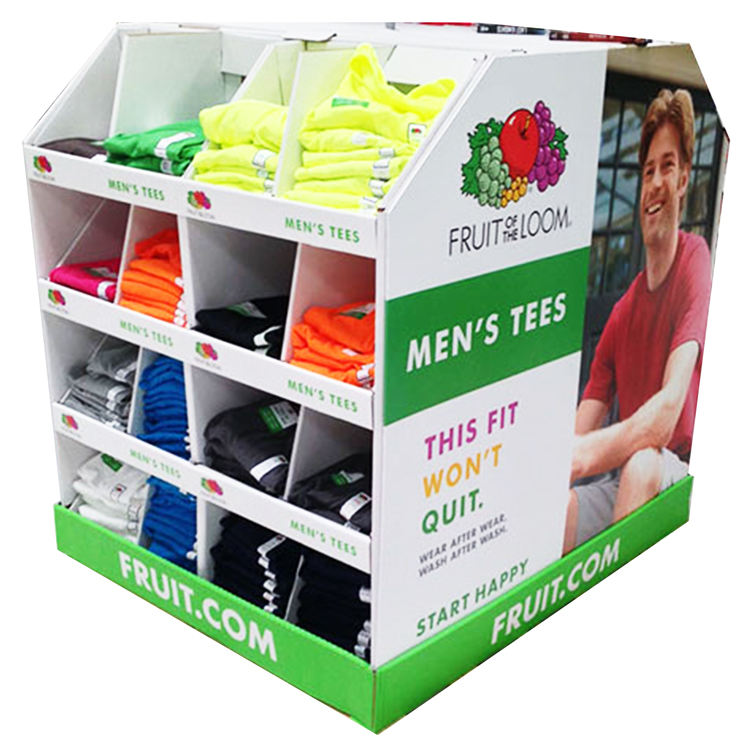Feel pressured to go green but find retail displays wasteful? This conflict can damage your brand. Eco-friendly cardboard displays offer a powerful, sustainable, and cost-effective solution.
Eco-friendly cardboard displays contribute by being made from renewable, recyclable materials. They reduce landfill waste, lower carbon footprints during transport, and show customers your commitment to the planet, boosting brand loyalty.
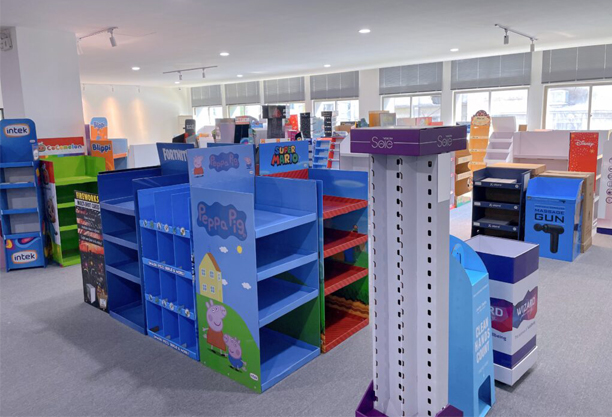
I've seen the shift firsthand over my 16 years in this business. Early on, sustainability was a "nice-to-have." Now, it's a core requirement for many of the brands I work with. The change is driven by both cost savings and a real desire to do better. But how do these displays actually make a difference on a larger scale? Let's break down the key aspects of how this all works.
How does eco packaging impact sustainability?
Want to prove eco packaging's value but struggle to explain its full impact? This makes decisions tough. Let’s explore how it directly boosts your company’s sustainability profile.
Eco packaging impacts sustainability by reducing raw material consumption, cutting down on pollution, and minimizing waste. Choosing materials like recycled cardboard significantly lowers your environmental footprint from production to disposal, creating a circular economy.
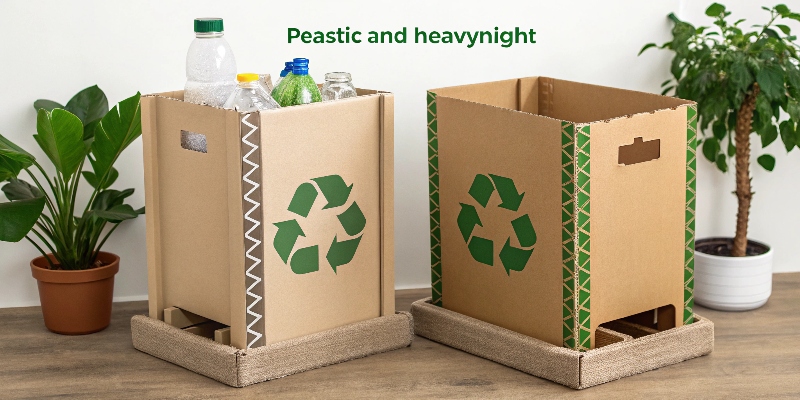
In my work, we often focus on the entire lifecycle of a product. The impact of packaging starts long before the display ever hits the store floor. It is not just about being recyclable at the end. It is a full cradle-to-grave consideration that makes a material truly sustainable. When my team and I design a new cardboard display stand, we look at several key factors.
From Forest to Factory
First, we ask where the materials come from. I always push for using paper from responsibly managed forests. These are often certified by the Forest Stewardship Council (FSC). This certification ensures that we are not contributing to deforestation. The production process for cardboard has also become much more efficient. It now uses far less water and energy compared to creating new plastics or processing metal for displays. This initial stage is a huge, often unseen, environmental win.
The End-of-Life Equation
What happens after a promotion ends is just as important. Cardboard is one of the most successfully recycled materials in the world. Unlike a complex plastic or mixed-material display that likely ends up in a landfill, a cardboard unit can be easily broken down. It can then be put right back into the paper stream to become a new box or display. This circular approach is the heart of sustainable packaging. It reduces our need for virgin materials and keeps a significant amount of waste out of our environment.
How can retailers contribute to environmental sustainability?
As a retailer, you want to be sustainable, but it feels overwhelming. Your inaction can look bad. Let's focus on simple, powerful changes you can make in your stores today.
Retailers can contribute by prioritizing sustainable in-store marketing, like eco-friendly cardboard displays. They can also optimize supply chains, reduce energy consumption, and partner with suppliers who share their green values.
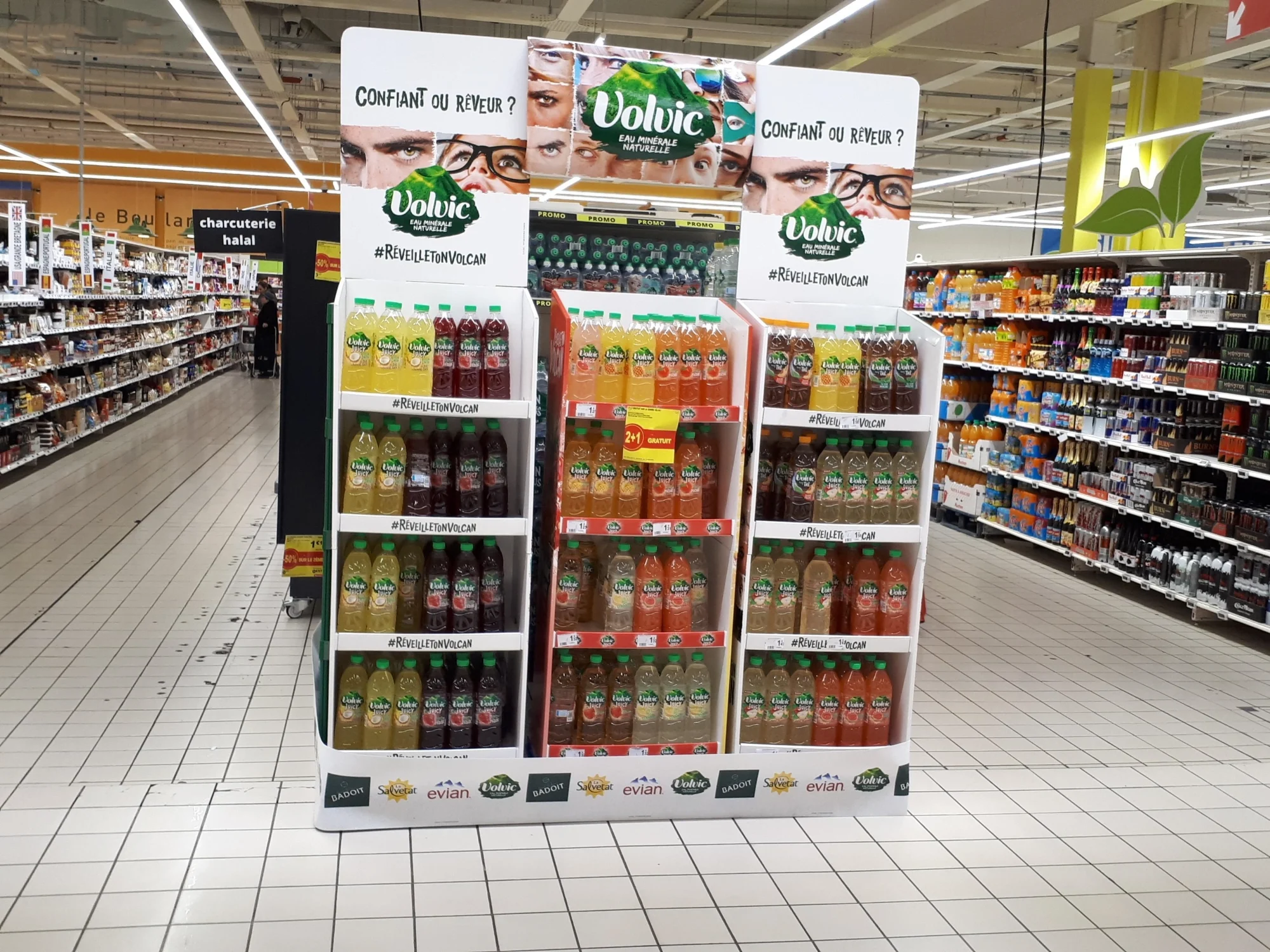
I have partnered with hundreds of retailers over the years. The most successful ones know sustainability is not a single action. It is a mindset that flows through their entire operation. Your displays are a visible and powerful part of this, but they exist within a bigger picture. Retailers have a unique opportunity to influence both their suppliers and their customers.
Start with What Customers See
Your point-of-sale displays are like a billboard for your brand's values. Choosing a display made from recycled cardboard over one made from acrylic sends a clear message. I often remind my clients that this is the low-hanging fruit. It is a change that is easy to implement and cost-effective. It also immediately communicates your green commitment to every single person who walks through your door. It’s a simple, visual proof point of your company's bigger goals.
A Holistic Approach to Green Retail
But you can, and should, go further. Here are some key areas where retailers can make a significant difference.
| Area of Impact | Actionable Step | Why It Matters |
|---|---|---|
| In-Store Operations | Switch to LED lighting; implement a store-wide recycling program for packaging. | Reduces daily energy consumption and diverts tons of waste from landfills. |
| Supply Chain | Vet and partner with suppliers who use eco-friendly practices and materials. | Extends your sustainability commitment beyond your own four walls and promotes industry-wide change. |
| Product Assortment | Feature products and brands that are known for their sustainable practices. | Uses your valuable shelf space to actively promote and support a greener economy. |
How can cardboard be sustainable?
Think cardboard is just flimsy, disposable packaging? You're missing its true power. Let’s uncover how this everyday material is actually a sustainability champion for modern retail.
Cardboard is sustainable because it is made from renewable trees from managed forests and has a high recycling rate. Its lightweight nature also reduces transport emissions, making it a green choice from start to finish.
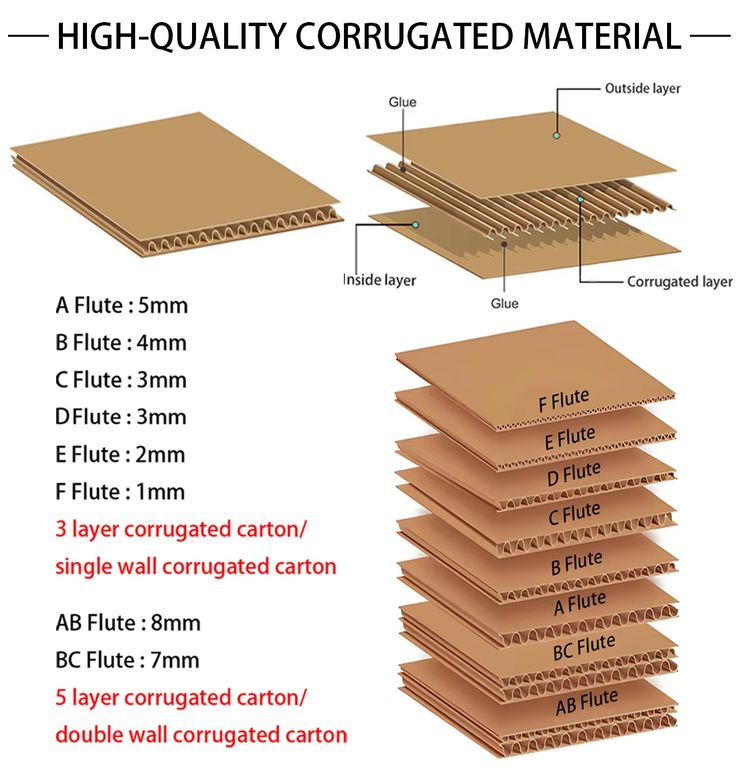
When I started my career 16 years ago, cardboard was seen as the cheap option. Now, it is the smart option. The innovation in cardboard engineering has been incredible. It is no longer just a simple paper product; it is a high-performance material perfect for creative and structural displays. Its sustainability really comes from three core aspects that work together.
Strength from Smart Design
The real magic is in the corrugation. That is the wavy layer of paper that is sandwiched between two flat liners. This simple structure gives cardboard an amazing strength-to-weight ratio. As a CPG brand or retailer, this means you can have large, durable displays that are surprisingly lightweight. This design reduces the amount of raw material needed in the first place. It also drastically cuts down on shipping weight and fuel consumption. A lighter display always means a lower carbon footprint during transportation.
A Truly Circular Material
True sustainability is all about the entire lifecycle. We make cardboard from wood pulp, which is a renewable resource. By using paper from certified, sustainably managed forests, we ensure that new trees are planted to replace the ones harvested. And after its use, a cardboard display can be recycled up to seven times. It re-enters the supply chain to become a new box or part of another display. This circularity is what makes it so much better for the environment compared to single-use plastics that have a linear, wasteful lifecycle.
What are the benefits of using eco-friendly devices?
Need to convince your team to switch to eco-friendly displays? Without concrete benefits, it’s a tough sell. Let's arm you with the clear, business-focused data you need to make the case.
The benefits include enhancing your brand's image, which attracts modern consumers. They are often more cost-effective in production and shipping. Plus, they are easy to assemble, saving labor costs for retail teams.
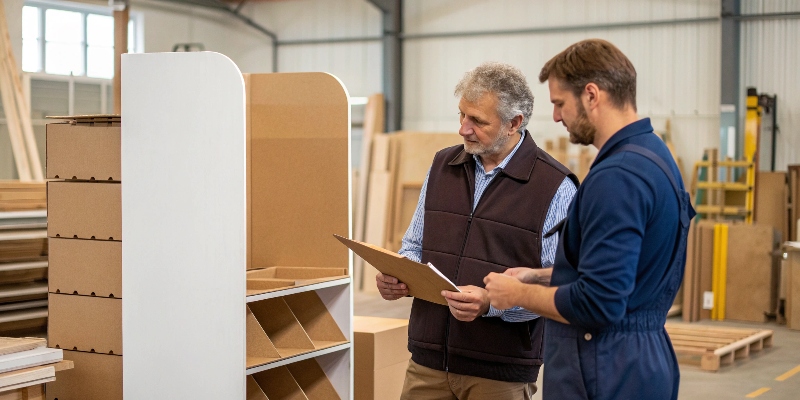
In every project discussion, the question of "what's in it for us?" eventually comes up. For eco-friendly cardboard displays, the answer is simple: it’s good for the planet and for your bottom line. I work with product designers and brand managers every day who need to make this business case, and the benefits are clear and compelling.
Good for Your Brand, Good for Your Budget
First, your brand image gets an immediate and visible boost. Today's shoppers actively look for and support companies that care about the environment. An eco-friendly display is a physical demonstration of that commitment. But the benefits are also financial. Cardboard is generally less expensive to source than plastic, metal, or wood. Because it’s so lightweight, shipping costs are significantly lower. I remember one project where switching from acrylic to cardboard saved the client nearly 40% on shipping alone. Assembly in the store is also faster and easier, which reduces labor costs for your field teams.
Simplicity and Adaptability
Cardboard displays are incredibly versatile and easy to work with. We can print beautiful, high-quality graphics directly onto them. We can also cut them into almost any shape imaginable. This allows for amazing creativity without the high cost of custom molds or complex fabrication you'd have with other materials. When a promotion is over, the display is simple to break down and place in a standard recycling bin, freeing up valuable retail and storage space instantly.
Conclusion
Eco-friendly cardboard displays are more than a trend. They are a smart, sustainable, and cost-effective strategy for modern retail, benefiting your brand, your budget, and the planet.



